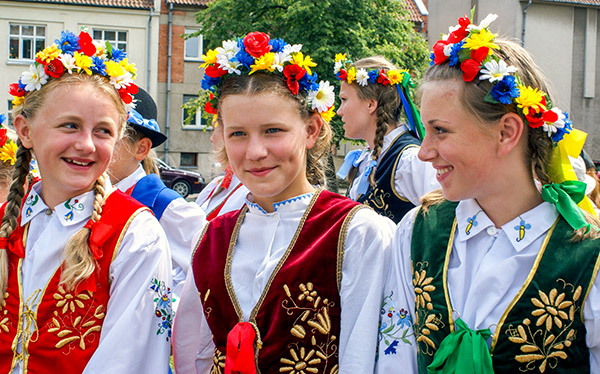Art, in its varied forms, is often a vivid reflection of a country’s culture, history, values, and society. Finland is no exception. The country’s artistic expressions are deeply rooted in its cultural fabric, portraying the unique Finnish ethos. These artistic manifestations range from the traditional to the modern, each revealing a distinct facet of Finnish life. This blog explores how Finland’s culture reflects in its artistic expressions, from its historical roots to the contemporary digital era.
Tracing Back the Origins of Finnish Art
The genesis of Finnish art can be traced back to the region’s indigenous inhabitants, the Sami people. Living in harmony with nature for millennia before the Finns set foot on this land, the Sami expressed their art through beautifully detailed handicrafts, vibrant folk costumes, and mesmerizing oral traditions like yoiking – a singular form of song. Imbued with respect for the environment and a deep-rooted connection to the natural world, their art truly encapsulates the Sami way of life. These themes remain a prominent component of Finland’s art today, serving as enduring reminders of the country’s original inhabitants. To comprehend the richness and diversity of Finnish art, one must delve into these early artistic expressions, which are as intriguing as they are enchanting. They provide a glimpse into a past where art was not just a form of expression, but a way of life that resonated with the rhythms of nature. These early artistic contributions set the stage for the cultural and artistic evolution of Finland.
Romantic Nationalism and the Golden Age of Finnish Art
The Influence of Finland’s Majestic Landscapes
A rich canvas of thousand lakes, awe-inspiring Northern Lights, verdant forests, and jagged archipelagos – this is Finland. These majestic landscapes have often played muse to Finnish artists, igniting their creative fires. Renowned artists such as Eero Järnefelt and Pekka Halonen brought these mesmerizing landscapes to life in their evocative paintings, capturing the essence of Finland’s innate connection with the wilderness. These depictions are more than just art; they embody the profound ecological consciousness that permeates the Finnish way of life. As one immerses oneself in these visual narratives, one can’t help but appreciate Finland’s unyielding commitment to nature’s preservation, echoed in every brushstroke. These landscape-focused artistic endeavors are yet another example of how Finland’s art is a mirror to its cultural and societal ethos. It paints a picture of a nation that not only appreciates and respects its environment but also works tirelessly to preserve it. This unique bond between man and nature, depicted through art, showcases yet another facet of Finland’s rich cultural tapestry.
Modern and Contemporary Finnish Art: A Melting Pot of Styles
Finnish art has always been a dynamic canvas, echoing the societal and cultural shifts within the nation. This versatility is strongly portrayed in the modern and contemporary art scenes of Finland. Here, the artistic expressions are as varied as they are fascinating. Modernist Finnish artists, such as Asger Jorn of the Cobra movement, dared to step away from tradition, embracing the bold strokes of abstract expressionism and the mind-bending themes of surrealism. On the other hand, contemporary Finnish artists like Kaarina Kaikkonen and Jiri Geller are gaining recognition for their groundbreaking utilization of materials and forms. These artists are fearlessly pushing the boundaries, reflecting a Finland that is constantly evolving, fostering creativity, and maintaining a forward-thinking mentality. The tapestry of Finnish modern and contemporary art is truly a testament to the nation’s cultural fluidity, a melting pot of styles that continuously challenges norms while celebrating diversity.
Embracing the Future: Digital and Immersive Art in Finland
Finland’s art sphere is actively reaching towards tomorrow, transcending traditional boundaries and venturing boldly into the exhilarating world of digital and immersive art. Teemu Lehmusruusu and Hanna Haaslahti stand as pioneers in this artistic revolution, employing technology and viewer interaction to craft truly unique, avant-garde pieces. This evolution in Finland’s artistic journey doesn’t merely display the nation’s status as a digital innovator; it also underscores its enthusiasm to explore uncharted artistic domains. By embracing these contemporary mediums, Finland continues to underline the dynamism and adaptability that are intrinsic to its cultural identity. Even in this digital age, the rich tapestry of Finnish art continues to evolve, reflecting a nation that both values its past and eagerly anticipates its future.

